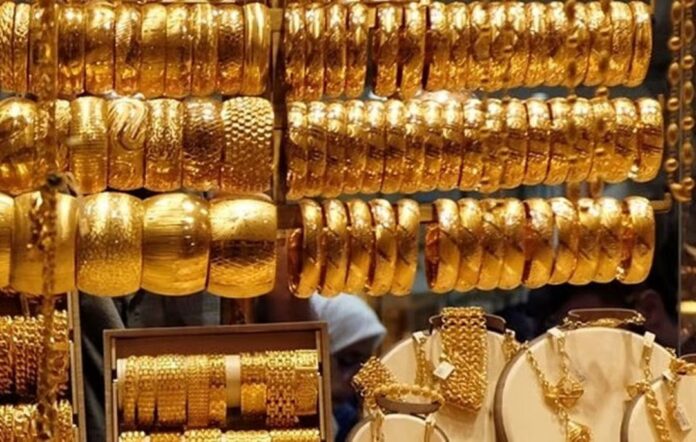India’s domestic jewellery market is poised for robust expansion, projected to grow at a compound annual growth rate (CAGR) of 16% between FY24 and FY28, according to a recent report by Minerva Capital Research. The industry is expected to reach a market size of USD 145 billion by FY28, driven by a rising shift from unorganized to organized jewellery retailers.
The report stated, “India’s domestic jewellery market expected to register a 16 per cent CAGR from FY24E to FY28E.”
As of now, unorganized players hold 62% of the market share, but this is projected to decline to 57% by FY28. In contrast, the organized sector’s share is set to grow to 43%, fuelled by increasing consumer preference for transparency, certified quality, and branded products.
Regional Breakdown & Consumer Trends
Southern India continues to dominate the gold jewellery landscape, contributing about 40% of total demand in FY23, followed by the western region with a 25% share. On average, jewellery demand during Indian weddings ranges between 225 to 250 grams.
The report also outlined regional preferences:
- South India: Preference for traditional plain gold jewellery.
- North & West India: Stronger demand for lightweight and diamond-studded jewellery, especially in 14k and 18k segments.
In terms of profitability, gross margins range between 10% to 14% for plain gold jewellery, whereas diamond-studded pieces yield 30% to 35% margins.
In FY23, fine jewellery—including both gold and non-gold varieties—accounted for nearly 90% of the total market, valued at around USD 63 billion.
Government Support and Reforms
The report credited government initiatives for supporting the shift towards an organized market and boosting exports. Key measures include:
- Customs duty reduction on gold and silver (from 15% to 6%) and platinum (from 15.4% to 6.4%) as per Union Budget 2024.
- Mandatory gold hallmarking effective April 1, 2023.
- PAN card requirement for jewellery purchases above Rs 2 lakh, aimed at increasing transparency and traceability.
The report also highlighted the growing footprint of organized jewellers in rural markets, which contribute to 58% of total jewellery demand.
Seasonal Demand & Sustainability
Demand in the jewellery market remains seasonal, peaking during:
- Wedding seasons (May–June and September–January)
- Harvest periods (September–November and January–March)
- Festivals like Diwali, Dhanteras, Akshaya Tritiya, and Ugadi
An added advantage of the jewellery retail business, especially gold, is the lack of inventory obsolescence, as old jewellery can be melted and redesigned, reinforcing its reputation as a sustainable business model.


